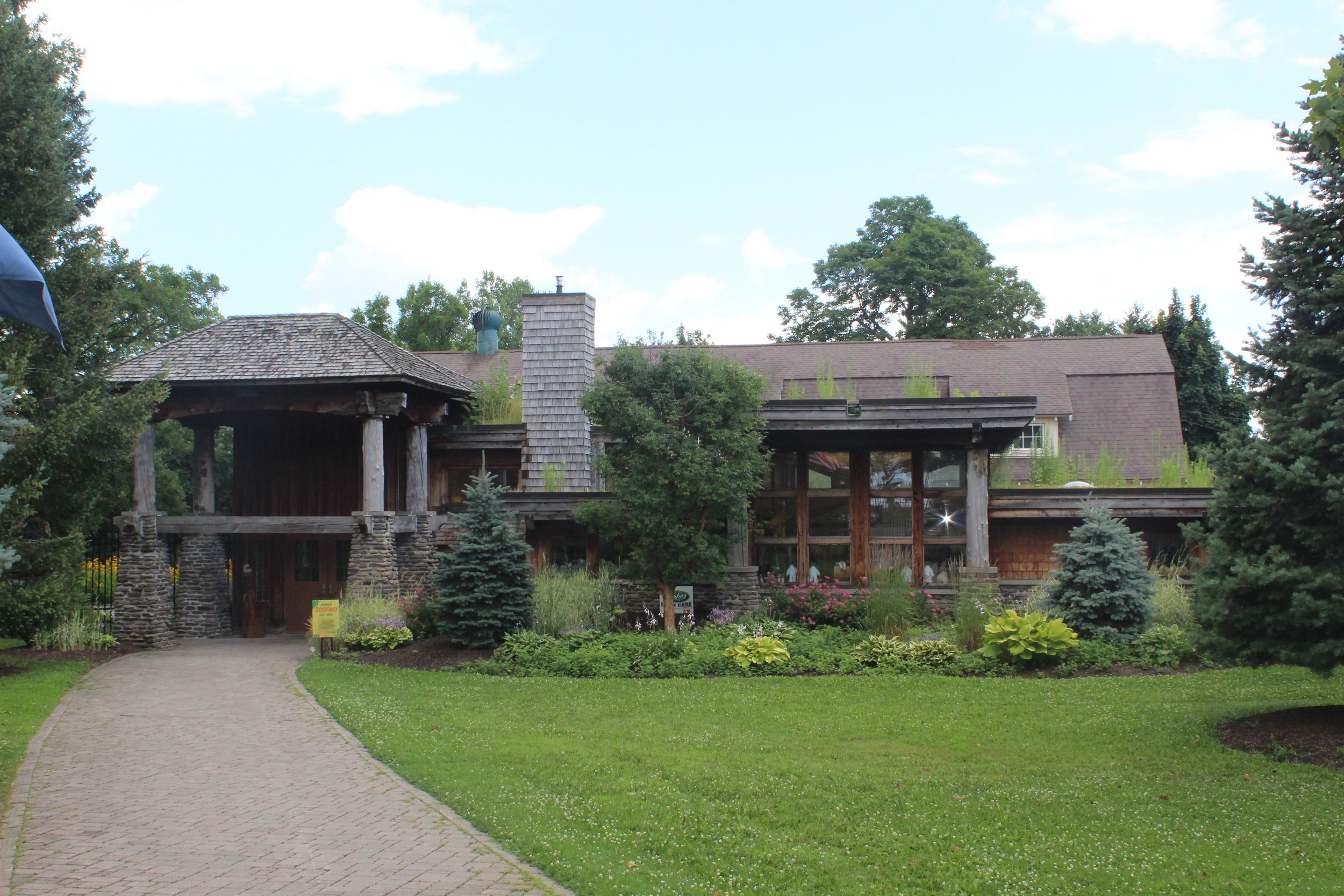Excerpted from my thesis entitled "Historic Zoo Architecture: Creating New Meaning"
Miscommunication, whether between two people or between a facility and its masses of visitors, is a very important issue in zoo design today. Zoo professionals strive to educate the public on the ideals of conservation. Using exhibit design and intricate interpretives and signage, zoos attempt to educate while entertaining. In many cases, zoo professionals and designers overlook the contextual clues we unknowingly pass onto visitors. Sometimes our biases blind us to details that may affect how visitors receive the conservation message we are trying to pass on.
To further complicate things, zoos today are oftentimes utilizing exhibits that are old and outdated. With over 100 zoos in the United States having opened over 50 years ago, a good number of exhibits in use today are outdated (Kisling, Jr., 2001). These exhibits can carry more obvious contradictory clues to the conservation message, and create a situation in which visitors walk away not understanding the message and even worse, having negative feelings toward the animal or zoo. Exhibits that are dominated by human forces, such as art and architecture, may oppose conservation and preservation ideals creating an ambiguous meaning for visitors. Art and architecture are human centered activities that can create the subliminal message "We are more important than wildlife and nature".
In this day and age, a great many zoos are considered historic, sustaining historic structures, and limited in space by urban situations. Zoo designers are facing the challenge of not only increasing the quality and level of communication of zoo messages but also reusing these historic structures in a way that allows clear positive meaning for visitors. The question now is: Can this be done?















